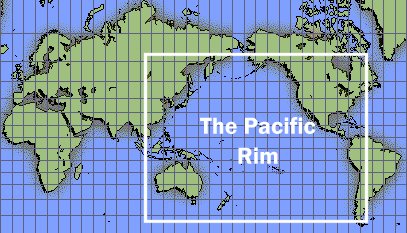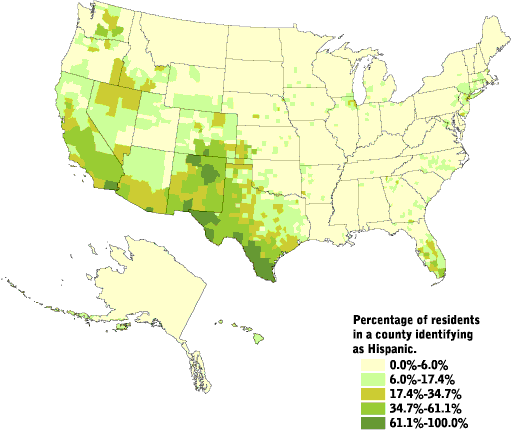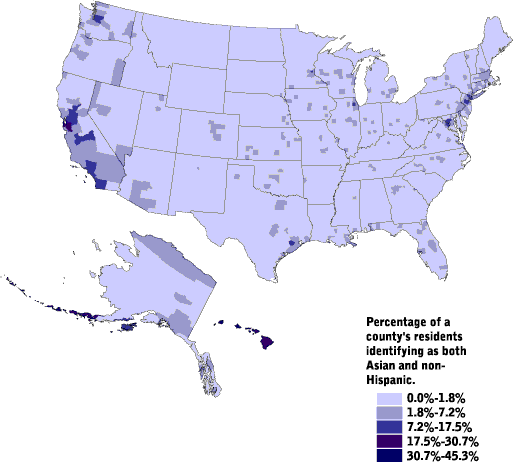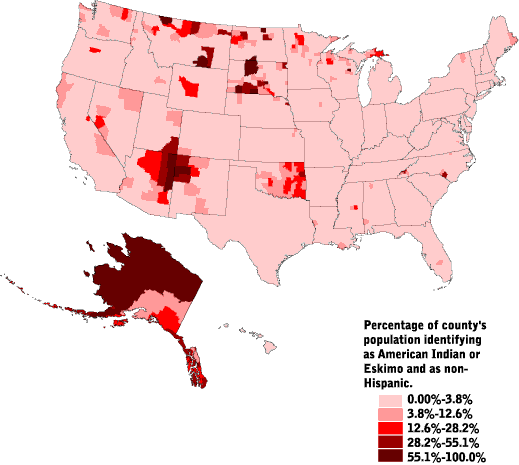

History 4120 Spring 2004
Week 13 Borderlands



readings: The West chapters 3 and 15
also read one of the following articles from the Atlantic Monthly: "The Border" by William
Langewiesche, 1992:
The management of our relations with Mexico now looms as one of the most
pressing foreign-policy challenges facing the United States. The problems
confronting the two countries are great, and nowhere are they as starkly
apparent as they are along the U.S.-Mexican border, a region that is by turns
desolate and congested, dirt poor and thriving, lawless and a police state. Our
correspondent has filed two reports: The first focuses on immigration, drugs,
and law enforcement. The second focuses on economic and environmental issues. http://www.theatlantic.com/issues/92may/border.htm
"Travels into America's Future, Mexico and the Southwest" by Robert D. Kaplan:
A correspondent who has long experience reporting from dimly understood regions of the world reports from his dimly understood native land, and his excursions expose the borderless forces that are pushing America into its next life. Herewith a portion of his travelogue, focusing on the Southwest. http://www.theatlantic.com/issues/98jul/future.htm
Academic Journal topic: After reading the primary documents, one of the Atlantic articles, and the 2 articles from the Tucson Times, why do you think that "borderlands" is a more apt and helpful characterization of the West as a region than "frontier"?
Also consider the information presented in the following maps:





(Source: http://www.censusscope.org/index.html)
And read at least 2 of the following:
National Census Stories reported in the Tucson Times
'Most accurate' census overcounts whites, Asians
Indian count doubles; new census rule is one reason
56M Americans foreign-born or have parents who were
Suburbs no longer dominated by families
Most multiracial Americans in West, Census 2000 finds
Hispanics are biggest 17-and-under minority group in U.S.
Great Plains communities see continued exodus of young
'Traditional' 2-parent family increasingly Asian, HispanicU.S. uneasy with population growth, poll finds
Anglo population growing, but slowly
Hispanic population booms in Utah
Hispanics, Asians gain in Census
Hispanics' population surges, ties blacks
2 largest minorities not always easy mix
Census: Latinos narrowing high school education gap widespread
The Borderlands Encyclopedia: http://www.utep.edu/border/
The North American Institute: http://www.northamericaninstitute.org/